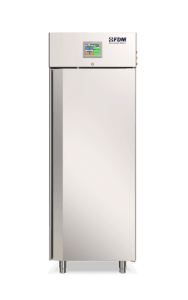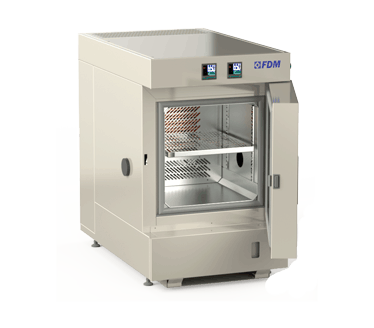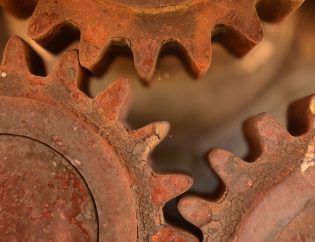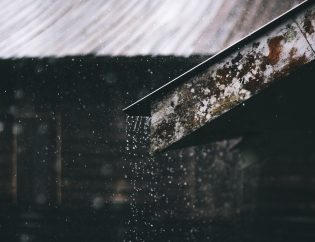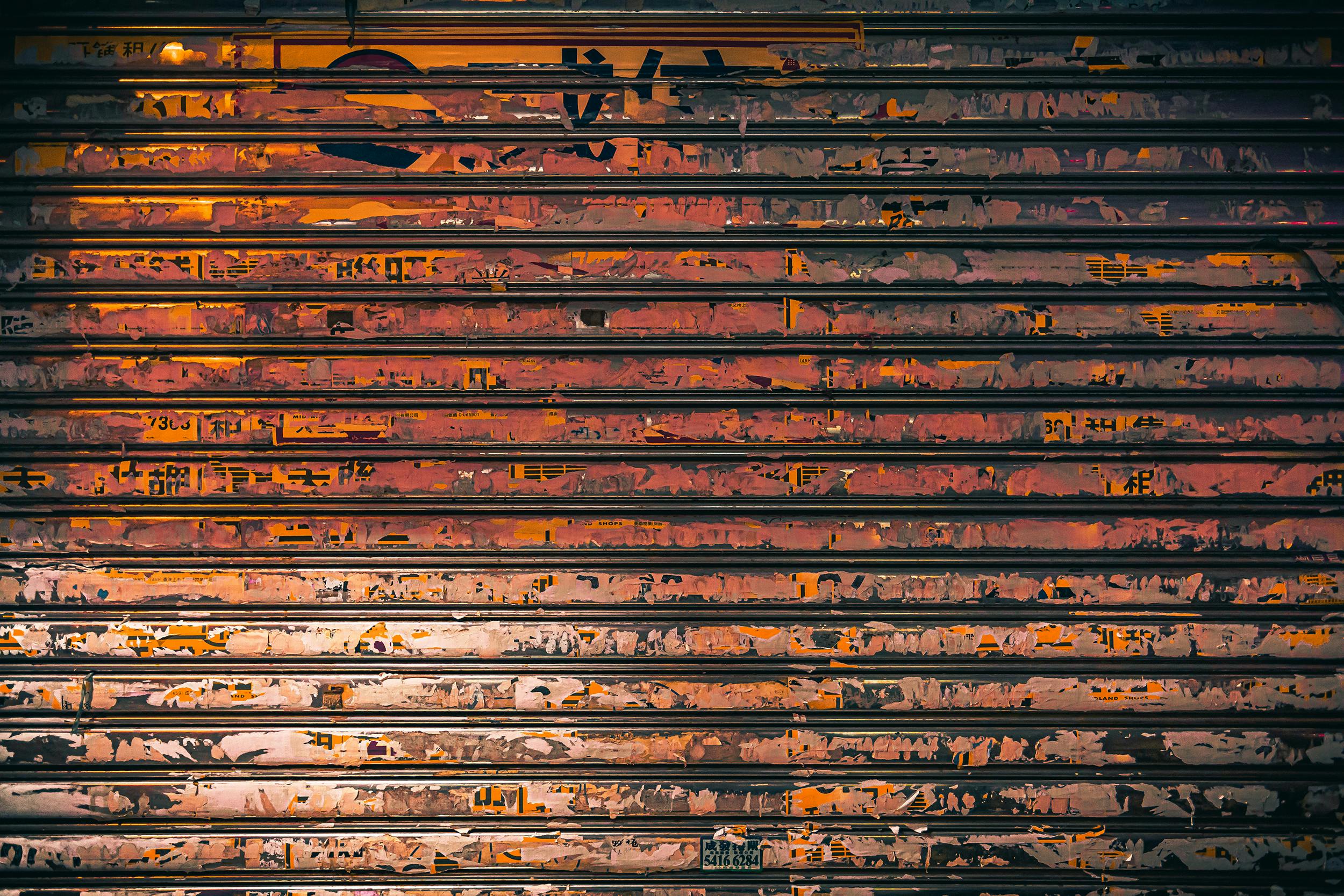
When it comes to materials and durability, corrosion is one of the most common problems.
It's a slow, often invisible process, but it can compromise the resistance of a component, the integrity of a structure, or the safety of a system over time.
In many situations, you can't wait for time to understand how a material will behave: you need to anticipate, simulate, and test.
In today's article, we'll explore what corrosion testing chambers are and how they help manufacturing sectors combat this phenomenon.
What is Corrosion Testing?
Corrosion is an electrochemical phenomenon that leads to the progressive degradation of materials, particularly metals, due to interaction with the surrounding environment: oxygen, water, salts, and chemicals.
It's not just classic rust: there are other forms, such as crevice corrosion, galvanic corrosion, stress corrosion cracking, and pitting corrosion, each with different effects that are often difficult to predict.
Corrosion tests are used to simulate these environmental conditions to analyze the behavior of a material or protective treatment. These tests are accelerated: instead of waiting years, reliable results can be obtained in days or weeks by recreating climate cycles, exposure to salt spray, temperature variations, and controlled humidity.
Perform
Climate Stress
Discover the new series of Climate Chambers for controlled climate testing
Who Needs Corrosion Testing?
Corrosion tests are used in a wide range of sectors, but are particularly critical in the construction and infrastructure sectors.
Here, exposure to atmospheric agents can compromise not only the aesthetic appearance of an element, but its very structural function.
Indeed, it's not the aesthetic degradation of a railing that rusts after a few years in a marine environment that shouldn't be considered, but rather the structural weakening of very common construction materials like reinforced concrete.
Over time, moisture and chlorides penetrate the concrete mass and reach the reinforcing bars, triggering oxidation processes that cause swelling, microcracks, and detachments. The result is a loss of structural integrity that can become critical, especially in bridges, viaducts, ventilated facades, and exposed load-bearing structures.
Beyond construction, testing is also essential in the automotive sector, to evaluate the durability of car bodies and exposed components, and in the aerospace industry, where composite materials and lightweight alloys must withstand extreme conditions.
How Corrosion Testing Chambers Work
Corrosion testing chambers, technically called climatic chambers, are designed to recreate extreme and controlled environmental conditions.
Inside the chamber, it is possible to set, adjust, and monitor key environmental parameters such as temperature and relative humidity. Furthermore, corrosion test chambers can be equipped with salt spray diffusers, which are specifically used to study the impact of corrosion.
In a standard test, for example, a 720-hour cycle can be programmed with variations between +40°C and 95% humidity alternating with drying phases at room temperature, mimicking the day-night cycle in a marine environment.
per esempio, si può programmare un ciclo di 720 ore con variazioni tra +40°C e 95% di umidità alternate a fasi di asciugatura a temperatura ambiente, imitando l’alternanza giorno-notte in un ambiente marino.International Standards for Corrosion Testing
Like most product and material tests, corrosion testing is regulated by a series of standards issued by internationally recognized organizations.
The most important are the following:
- ISO 9227: Neutral salt spray test, one of the most widely used methods.
- ASTM G85: Advanced cyclic corrosion testing in industrial environments.
- IEC 60068-2-52: Designed for electronic devices and components.
- ISO 12944: Specifically for the corrosion protection of steel structures.
Following these standards is essential to ensure that the test is repeatable, comparable, and usable for obtaining certifications, technical approvals, or internal validations.
You cannot find the ideal chamber for your test?
Create your own environment, according to any test requirement
The FDM Corrosion Testing Chamber
For over 70 years, FDM - Environment Makers has been a leader in laboratory climate simulation.
Our corrosion testing chambers are designed to offer maximum reliability and precision, using the best technologies on the market.
Furthermore, our technicians are always available to listen to our customers' needs and design a customized climate chamber that meets their specific requirements.
Download the technical white paper below and don't hesitate to contact us for more information.
Would you like to receive a quote or do you have questions about the product?
Contact us to receive more information about this Product.


